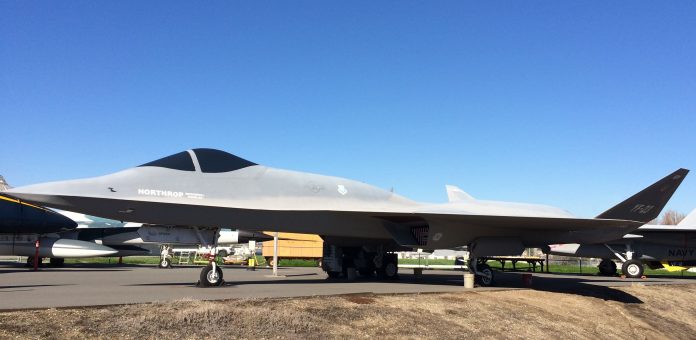
Stealth and speed are insufficient to win wars or contracts. The YF-23 Black Widow II, the more frequently praised faster and stealthier alternative, lost to the F-22 Raptor in one of the most significant fighter competitions in the modern era. The result continues to fuel controversy among aviation professionals and enthusiasts, most of whom are convinced that the Air Force might have passed on a technological wonder.
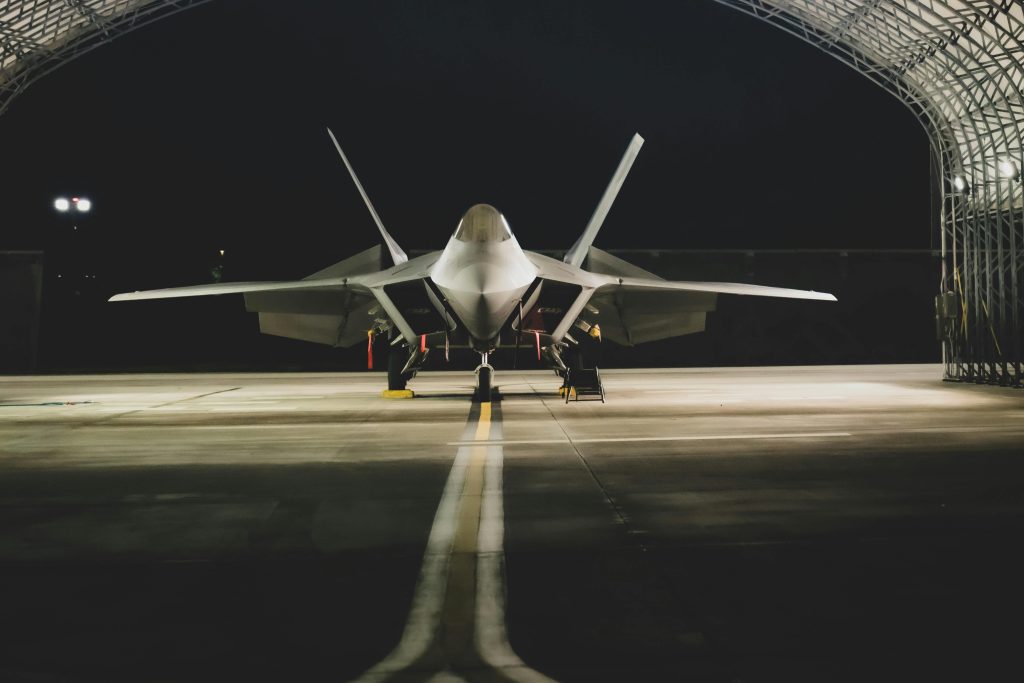
But the history of the Advanced Tactical Fighter (ATF) program is much richer and more complicated than the mere count of specifications. Choosing the F-22 over the YF-23 was influenced by an intricate dance between engineering, operational doctrine, politics, and even pomp and circumstance. The following is an in-depth analysis of the seven most persuasive reasons the F-22 won out and what they mean for the future of air combat.
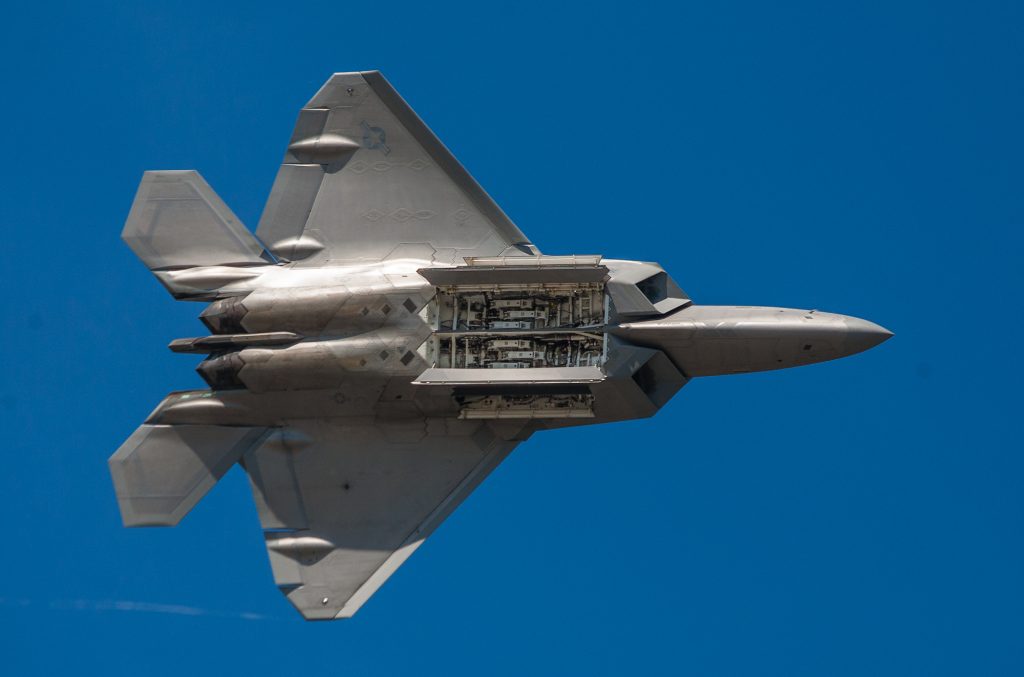
1. Thrust Vectoring: The F-22’s Unrivaled Agility
The F-22’s two-dimensional thrust vectoring nozzles gave a new dimension to maneuverability, a feature impossible to resist for an Air Force that still placed importance on dogfighting. As defined by Military Aerospace, these nozzles enable the Raptor to deflect engine thrust up or down twenty degrees, providing fantastic pitch control and allowing high-angle-of-attack flight and close turns. This maneuverability was the key to close-quarters combat. Fixed nozzles designed for stealth and speed were used by the YF-23, trading the dynamic performance the F-22 proved so persuasively. Thrust vectoring, according to NASA, “is the ability to alter the direction of the thrust,” and the F-22’s application, completely automated by its flight control computer, allowed pilots to devote themselves to tactics instead of mechanical in-flight adjustments. This technological advantage, plus the Raptor’s capability to outperform even smaller fighter jets such as the F-16, solidified its position as the aerial agility king.
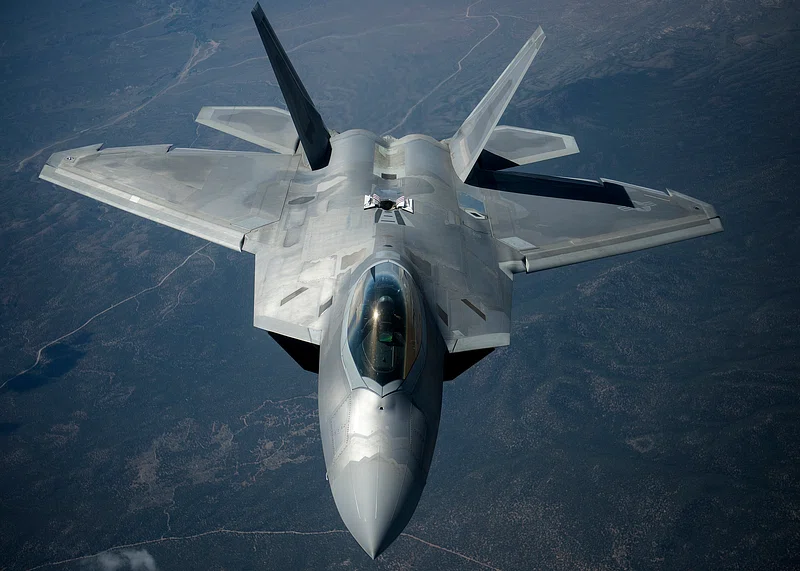
2. Sensor Fusion and Avionics: A Fifth-Generation Benchmark
Lockheed Martin’s integration strategy made the F-22 stand out. The Raptor’s sensor fusion took radar, electronic warfare systems, and other sensors’ data and distilled it into a single, cohesive picture for the pilot a revolutionary advance in situational awareness. As noted in Military Aerospace, the F-22’s integrated suite supplanted older federated systems, saving weight and space while exponentially expanding capability. This structure facilitated easy upgrades, with open architectures and software-defined radios holding out the promise of future flexibility. The Raptor’s avionics not only enhanced survivability but permitted the aircraft to function as a “mini-AWACS,” distributing a god’s-eye view of the battlespace to traditional fighters. The YF-23, though cutting-edge, did not come close to this kind of modularity and forward-looking design, an essential consideration for a platform that would remain in service for decades.
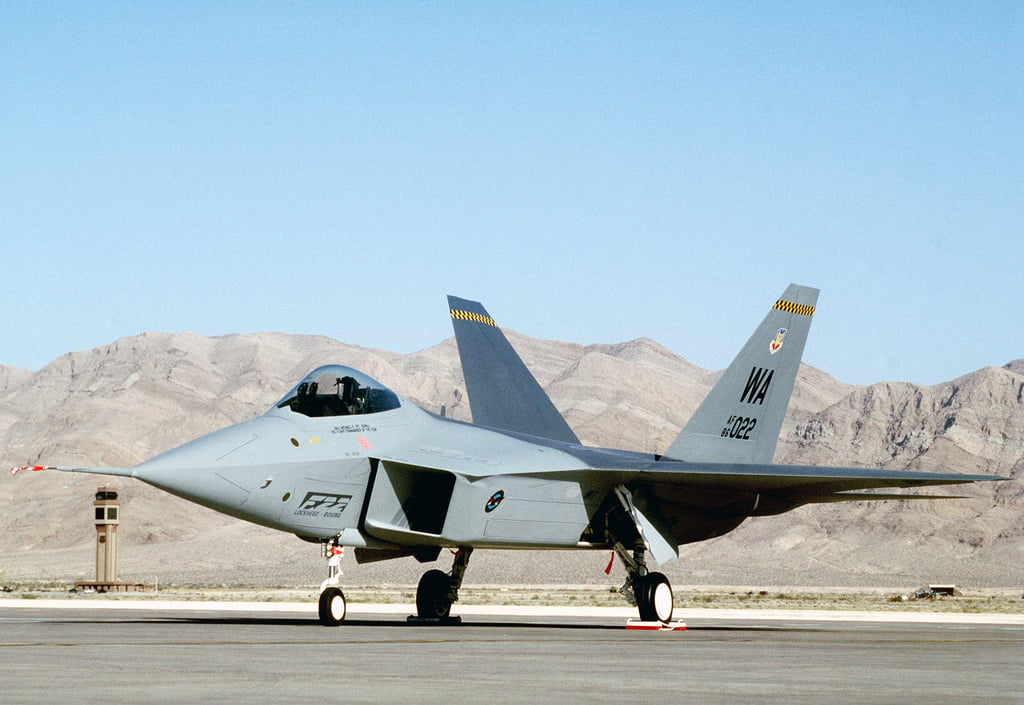
3. Perception and Showmanship: Winning Hearts, Not Just Minds
ATF competition was not technically judged by any means. Legendary test pilot Paul Metz, who flew the YF-23 as well as the F-22, noted that Lockheed’s team realized the power of presentation. As Metz illustrated in a speech at the Western Museum of Flight, “Lockheed put so much more marketing, salesmanship, and pizzazz ‘lasting impressions’ as Metz so eloquently describes it into their YF-22 flight demonstration program. They really knew how to sell their airplane and how ‘showmanship’ significantly affects the acquisition decision-making process.” Northrop’s engineers, as talented as they were, talked almost entirely in technical jargon, neglecting opportunities to influence personal, non-technical decision-makers. This disparity in methodology made such a strong impression that, in Metz’s opinion, it may have been the YF-23’s killer.

4. Political and Industrial Support: The Program’s Power Source
Defense procurement is politics as much as performance. Lockheed’s team had Boeing and General Dynamics as part of its consortium, offering a wide manufacturing and political base in many states and congressional districts. This spread of employment and economic opportunity built a strong lobby of support in Congress. At the same time, Northrop was already reeling from cost overruns and management criticism surrounding the B-2 Spirit bomber, questioning whether it could execute another huge project. As Dave Majumdar wrote in The National Interest, “Northrop was in the doghouse with the Pentagon and the U.S.” Congress due to enormous cost overruns on the B-2 Spirit stealth bomber and a number of other programs. The F-22’s wider industrial base and cleaner history gave the political guarantees the Air Force required.
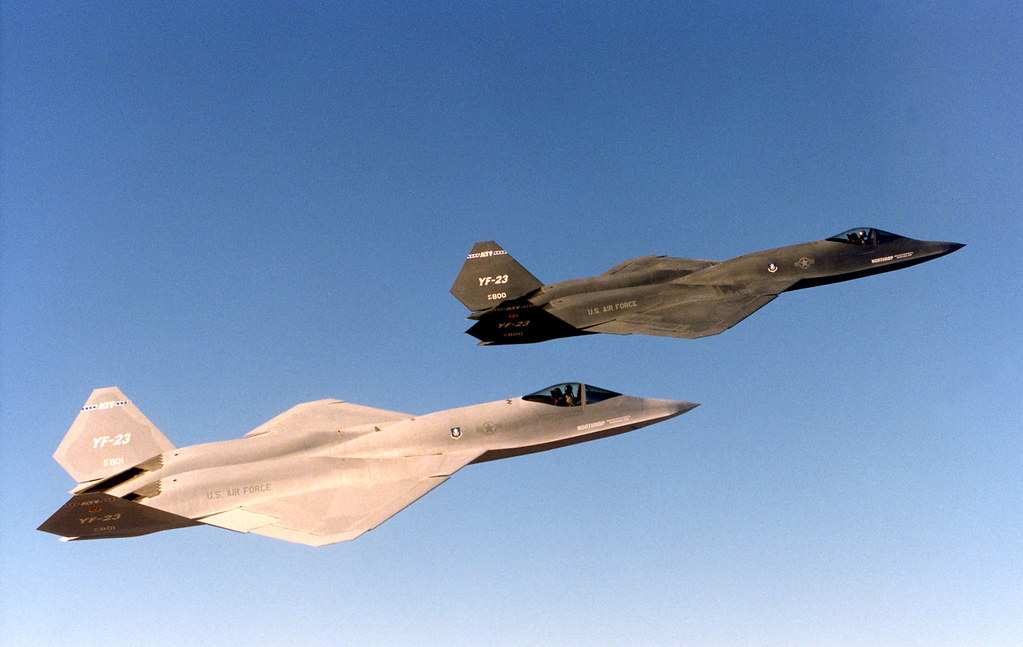
5. Balanced Performance on All Missions
Although the YF-23 performed best in raw speed and stealt particularly when approaching from the side and rear the F-22 had a more balanced array of abilities. The Air Force concluded the Raptor’s stealth was adequate to its mission requirements, and its maneuverability, avionics, and modularity made it an all-around superior performer. The F-22 was also viewed as more versatile, with the potential to integrate new sensors, weapons, and mission profiles, such as air-to-ground missions. This flexibility fit the Air Force’s vision for the long term, when operational requirements were likely to change. The YF-23’s niche superiority was powerless to overcome the F-22’s superior all-around dominance.
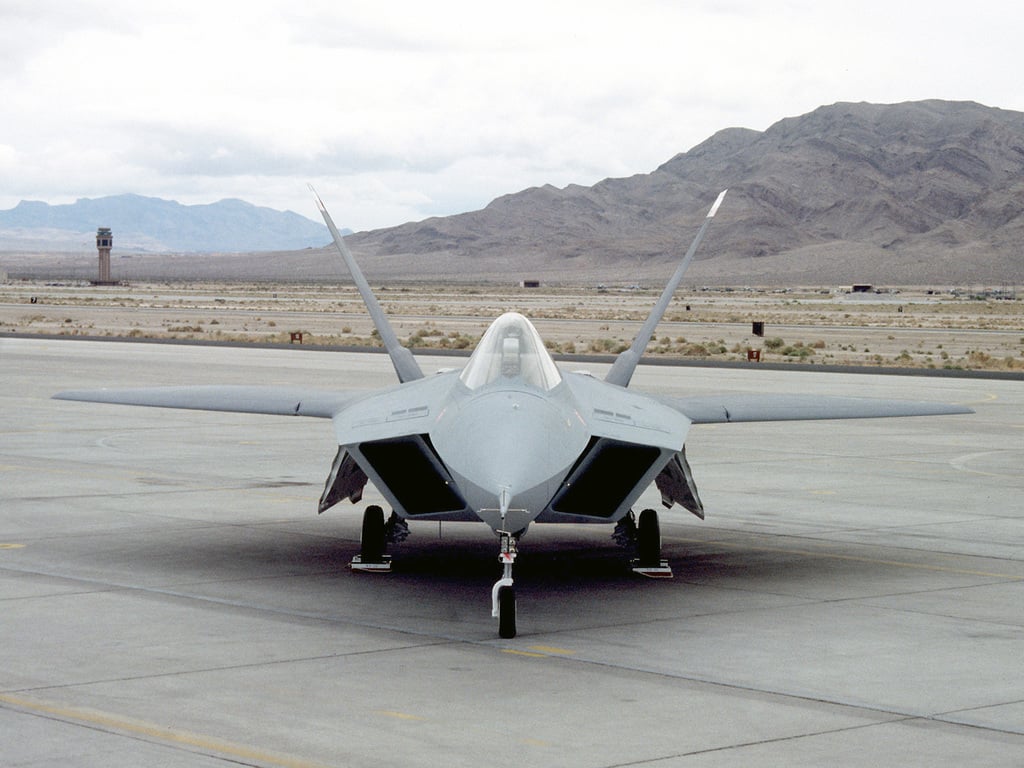
6. Consistency and Pilot Response During Testing
Throughout the flight test program, the YF-22 allegedly suffered fewer technical glitches and produced more uniform performance under a wide range of conditions. This consistency provided the Air Force with increased confidence in its development schedule and its readiness for service. Pilot evaluation also weighed heavily, with the F-22 earning better grades for cockpit ergonomics, situation awareness, and flight response. Both aircraft were complimented, but the F-22’s better grades in areas directly related to pilot performance and survivability were the clinchers. As one test pilot put it, “Both aircraft met the ATF requirements and that Lockheed was selected because the Air Force had more confidence they could more effectively manage the program.”
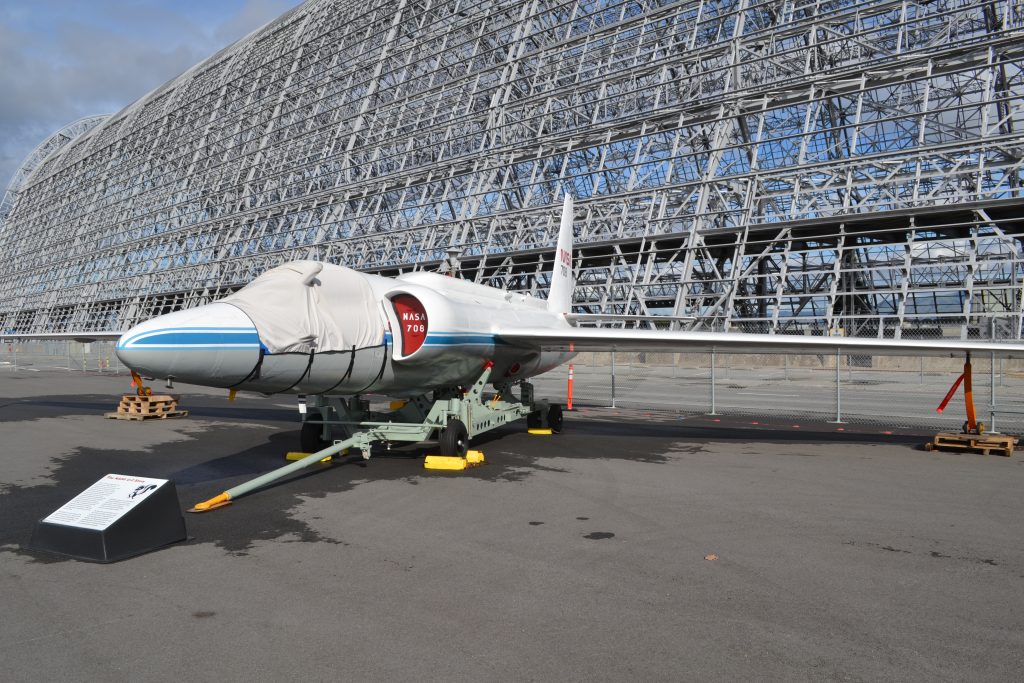
7. Legacy, Reputation, and the Burden of History
Lockheed’s fabled “Skunk Works” heritage performed an intangible but influential function. The F-22’s pedigree, tracing its lineage to the intellectuals who created such icons as the U-2 and SR-71, imparted confidence in technological superiority and program execution. The YF-23, though technically superior, was incapable of duplicating the aura of innovation and dependability that Lockheed’s brand embodied. This heritage, combined with the firm’s proficiency at traversing both technical and political hurdles, ensured the Raptor a place in history.
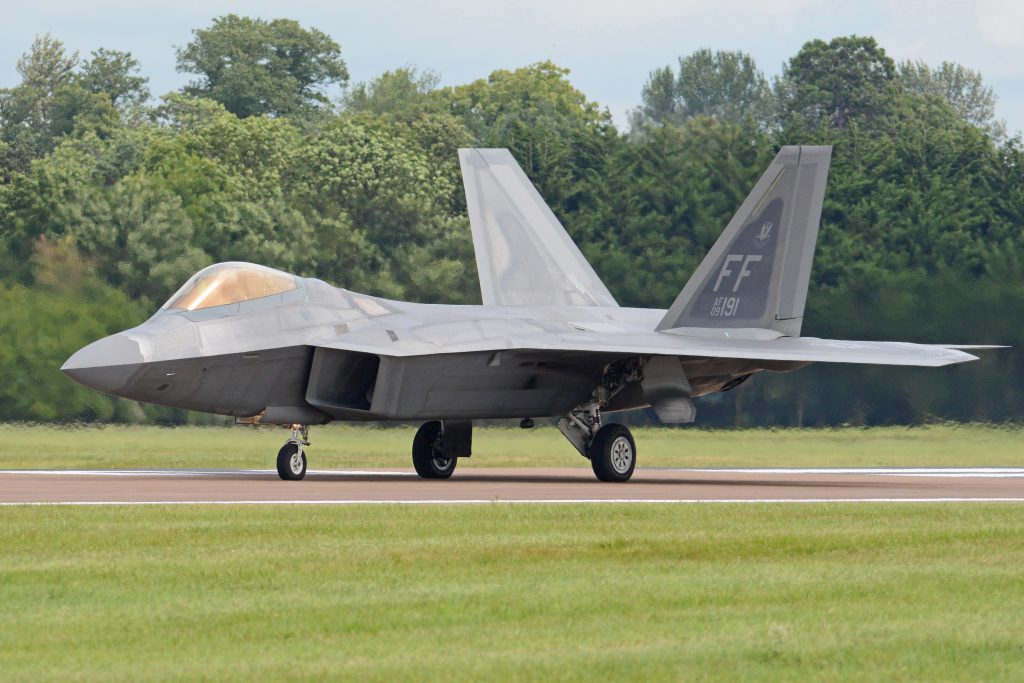
The YF-23 Black Widow II is still an icon of what could have been a wonder of stealth and velocity, preserved in museums and in the minds of those that saw it take to the skies for a short but glorious flight. The choice of the F-22 Raptor, however, was not merely a matter of superior technology. It was the product of a delicate calculus, weighing agility and flexibility against political necessity and the need to instill confidence on all levels. For those who look to the future of air combat, the tale of the ATF competition is a reminder that the road to innovation is seldom direct and that the true definition of an engineering wonder lies not merely in its specifications, but in its capacity to fulfill the changing demands of those who fly and fight.
